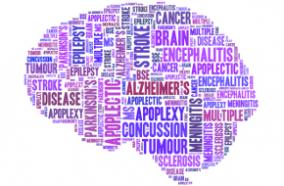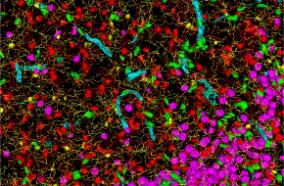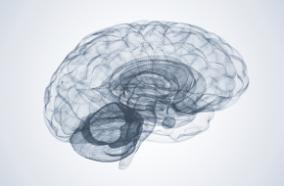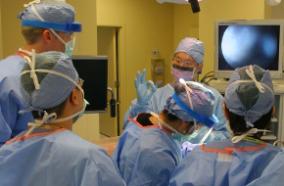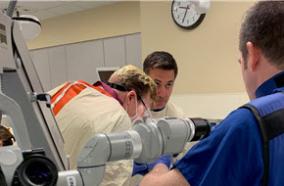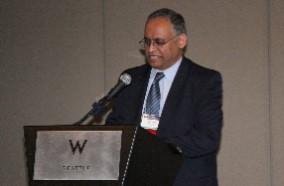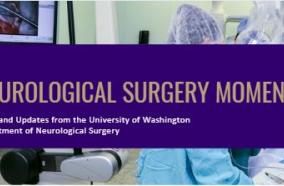Brain Bypass Surgery for Complex Middle Cerebral Artery Aneurysms: Evolving Techniques, Results, and Lessons Learned.
Brain Bypass Surgery for Complex Middle Cerebral Artery Aneurysms: Evolving Techniques, Results, and Lessons Learned.
World Neurosurg. 2019 Oct;130:e272-e293
Authors: Natarajan SK, Zeeshan Q, Ghodke BV, Sekhar LN
Abstract
OBJECTIVE: To analyze a consecutive series of patients with middle cerebral artery (MCA) aneurysms who needed an adjunctive cerebral revascularization procedure to achieve aneurysm occlusion with preservation of flow through all MCA branches.
METHODS: A total of 42 patients with 43 MCA aneurysms underwent 52 bypass procedures over 13 years. The location of the aneurysm were M1 trunk, M1 bifurcation, M2 and beyond. The bypasses performed included intracranial bypasses (resection with end to end anastomosis, end to side implantation, side to side anastomosis, and short interposition graft), extraintracranial bypasses (superficial temporal to middle cerebral artery anastomosis, and radial artery bypass graft, or saphenous vein graft), double bypasses, Y-grafts, and combined techniques.
RESULTS: Forty-two of 43 aneurysms (98%) had patent bypasses at long-term follow-up. All 43 aneurysms were completely occluded at last follow-up. Six patients (14%) developed strokes related to the surgical treatment. At last follow-up, 36 patients had a modified Rankin score of 0-2, 5 patients had modified Rankin score 3-5, and 1 died. In this series, 31 (73.8%) patients improved, 8 (19%) patients had same functional status, and 3 (7.2%) patients deteriorated, including 1 patient who expired due to sepsis. The mean clinical follow-up duration was 39.3 months (0.4-124 months) and the mean radiological follow-up was 37 months (0.4-134 months).
CONCLUSIONS: Cerebral revascularization is an important adjunct for treating MCA aneurysms and can be done safely. The article provides the insights we gained by rising through the learning curve.
PMID: 31207370 [PubMed - indexed for MEDLINE]



